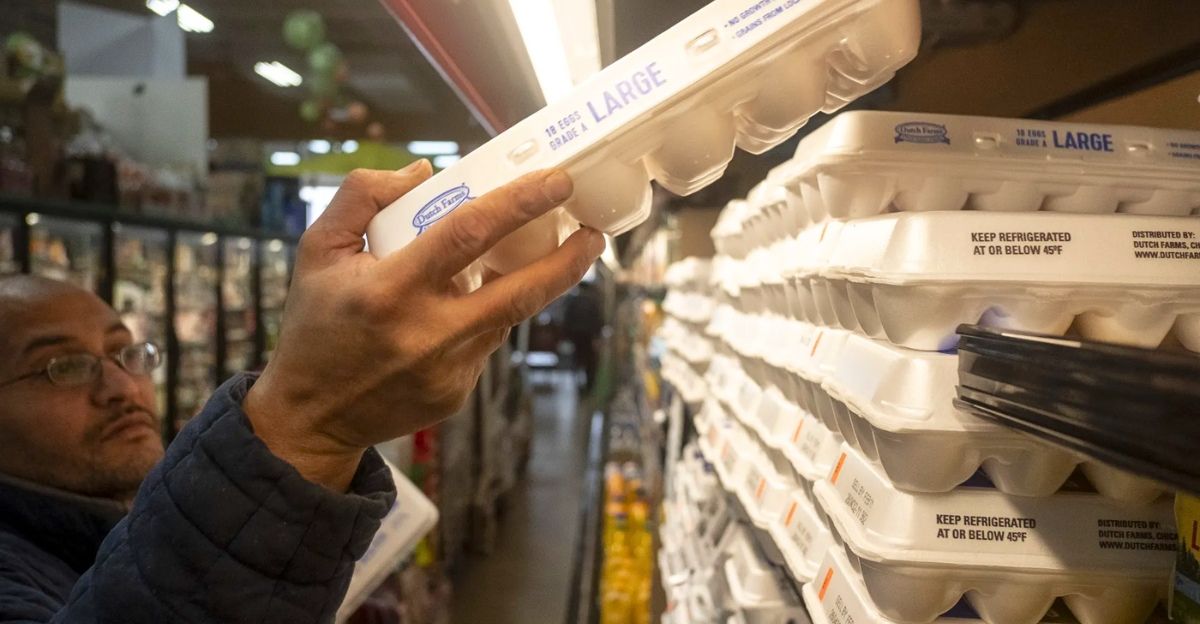
For the first time in months, U.S. egg prices dropped by an astonishing 12.7%, the largest monthly decline since March 1984. This massive drop came after a period of record-high prices that placed pressure on household budgets across America.
In March, the average cost for a dozen eggs was $6.23, and in April, it dropped to $5.12. While this sudden decline brings great relief to consumers, it also shows the unpredictable nature of food prices and how external factors can influence basic essentials like eggs.
The Avian Flu’s Impact
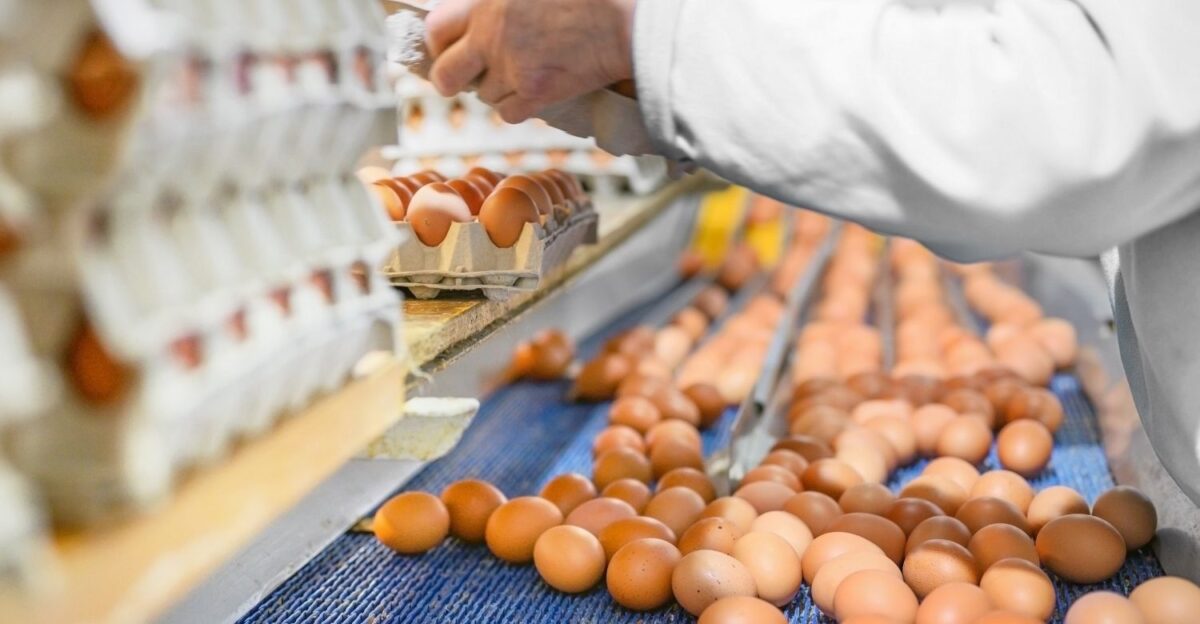
The sudden drop in egg prices can be traced back to the terrible effects of the avian flu outbreak. In the last two years, farms have had to cull millions of laying hens because of the outbreak, drastically reducing the egg supply. Because of this, egg prices skyrocketed throughout 2023 and the start of 2024.
As the outbreaks decreased and poultry populations began to recover, the market quickly changed, which caused April’s massive price drop. However, this relief might be short-lived as the threat of future avian flu outbreaks remains a concern for the industry.
Supply Chain Recovery
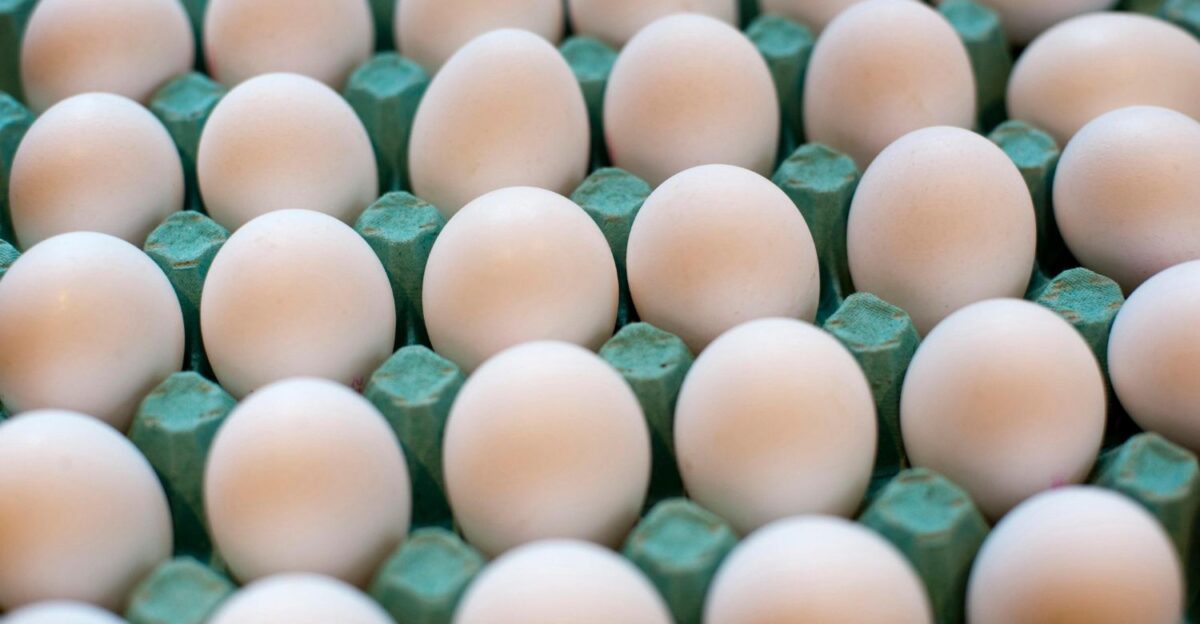
During the flu crisis, the egg supply chain experienced many significant challenges. Egg farms introduced strict biosecurity measures, with some even temporarily stopping production. Distribution networks also couldn’t keep up with erratic supplies, which led to empty store shelves and many Americans struggling to find eggs.
As the outbreaks eased, farms quickly began restocking flocks and resumed their standard operation. The recovery from the outbreak, along with increased imports, helped stabilize egg supplies and drove their prices down. Nonetheless, the industry is on high alert for any potential setbacks.
Government Response and Support
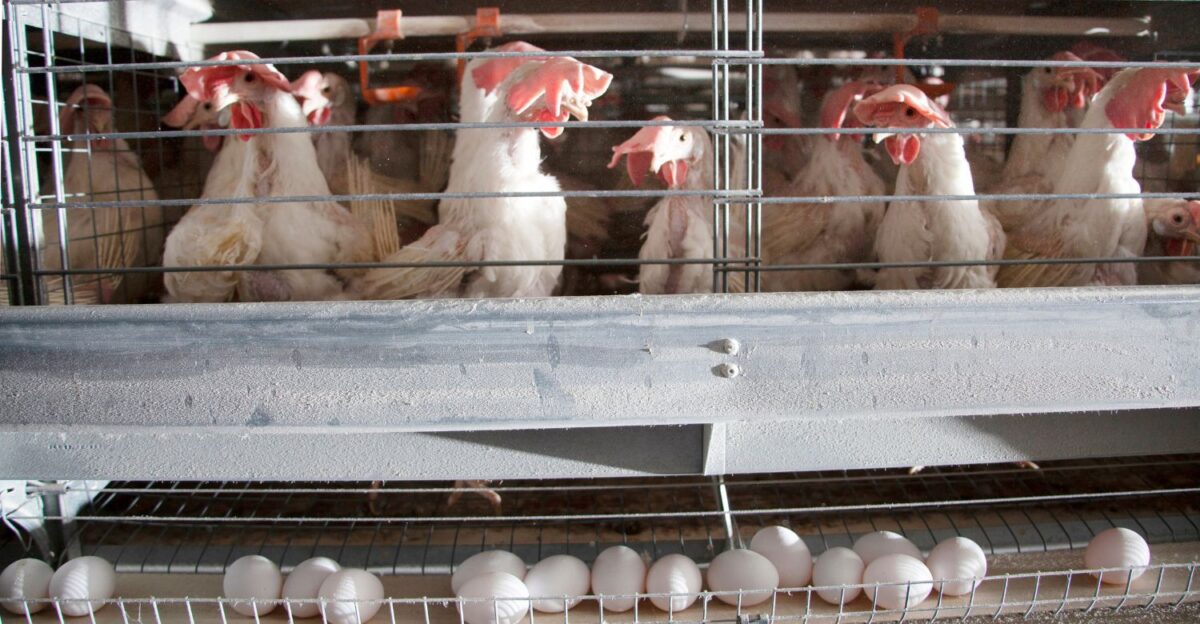
The U.S. government played a huge role in managing the egg crisis. The Department of Agriculture introduced a multi-faceted response, including financial assistance for farmers, improved disease monitoring, and temporary imports from nations like Mexico and Brazil.
These measures helped soften the blow from the avian flu outbreaks and sped up the recovery process. The government’s assistance not only stabilized the market but also showed consumers and producers that steps were being taken to prevent these kinds of disruptions in the future.
Consumer Behavior Shifts

As egg prices skyrocketed over the last two years, many consumers were forced to change their buying habits. They began looking for alternatives or reduced their consumption altogether. While some began using plant-based alternatives, others purchased eggs in bulk when they were able to find them.
Thanks to the huge price drop in April, shoppers can now return to their usual purchasing patterns. However, many consumers are still concerned about affordability. In response, retailers have been offering promotions and discounts, hoping to attract customers back to the egg aisle.
Comparing Global Egg Markets
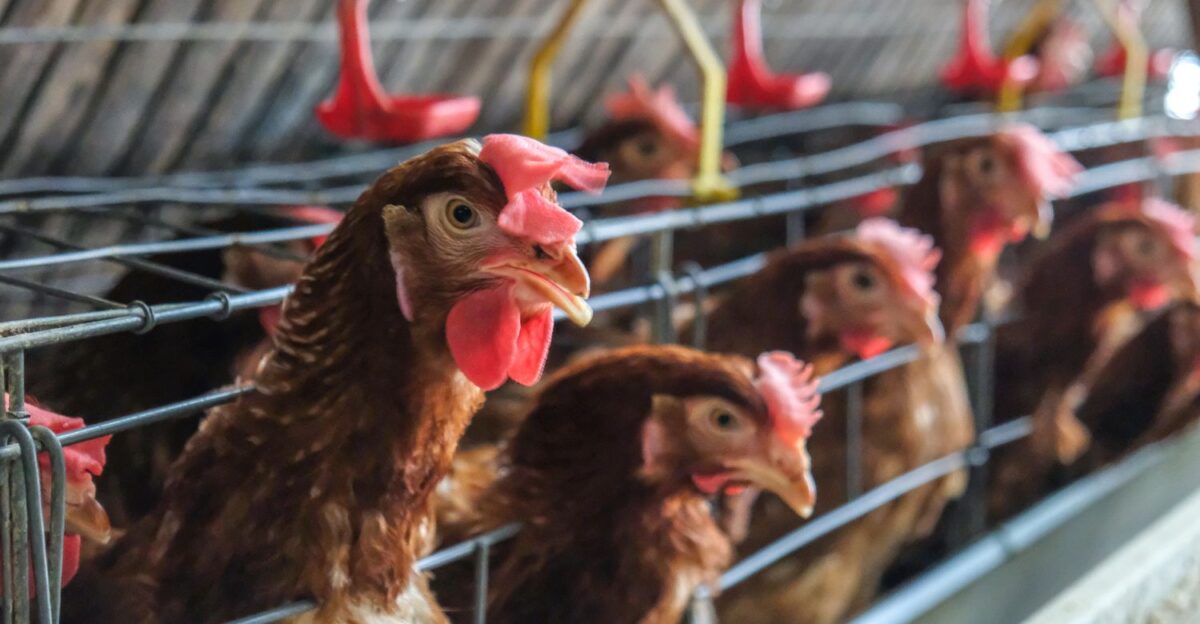
Price instability isn’t exclusive to the U.S. Other countries, including Canada and those in the European Union, have also been struggling with the outbreak and fluctuating demand. However, the outcomes of these struggles have varied based on each country’s supply chain management and government policies.
Canada’s supply management system has helped the country maintain stable prices, while the U.S. market’s size and complexity have left it more susceptible to shocks.
Broader Economic Implications

The decline in egg prices has caused a wider easing of food inflation in America. In April, overall grocery prices decreased by 0.4%, which is the largest monthly drop since September 2020. This decline was a relief for consumers facing high costs for other essentials, like meat and dairy products.
But economists have warned that price volatility remains a concern, driven by ongoing factors like climate change, disease outbreaks, and global trade disruptions, which still influence the affordability and availability of staple foods.
Political and Social Reactions
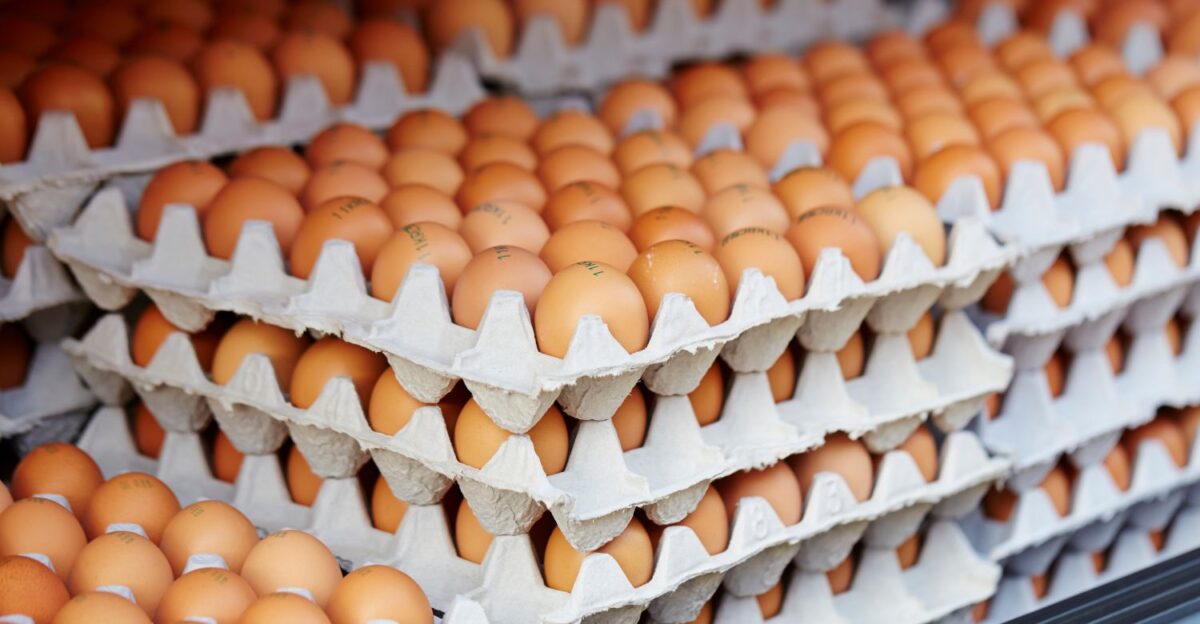
Egg prices have become a common topic in political debates and are often cited as indicators of economic health or policy effectiveness. Consumers and policymakers welcomed the sudden price dip in April. However, many argue that more should be done to protect consumers from future shocks.
On social media, the price drop sparked a wave of memes and commentary. While some shoppers celebrated the lower prices, many remained cautious, remembering the strain of the past two years and the potential for prices to rise unexpectedly once again.
The Road Ahead for Egg Producers

After the April price drop, producers are feeling cautiously optimistic. Many producers have started investing in better biosecurity, automation, and diversification to avoid future issues. Some are even exploring specialty markets, like organic or cage-free eggs, to differentiate their products and stabilize income.
The industry is recovering rapidly, but producers acknowledge that they need to stay vigilant to avoid future issues. This crisis will likely influence future strategies and investments across the egg supply chain.
Lessons Learned and Future Preparedness
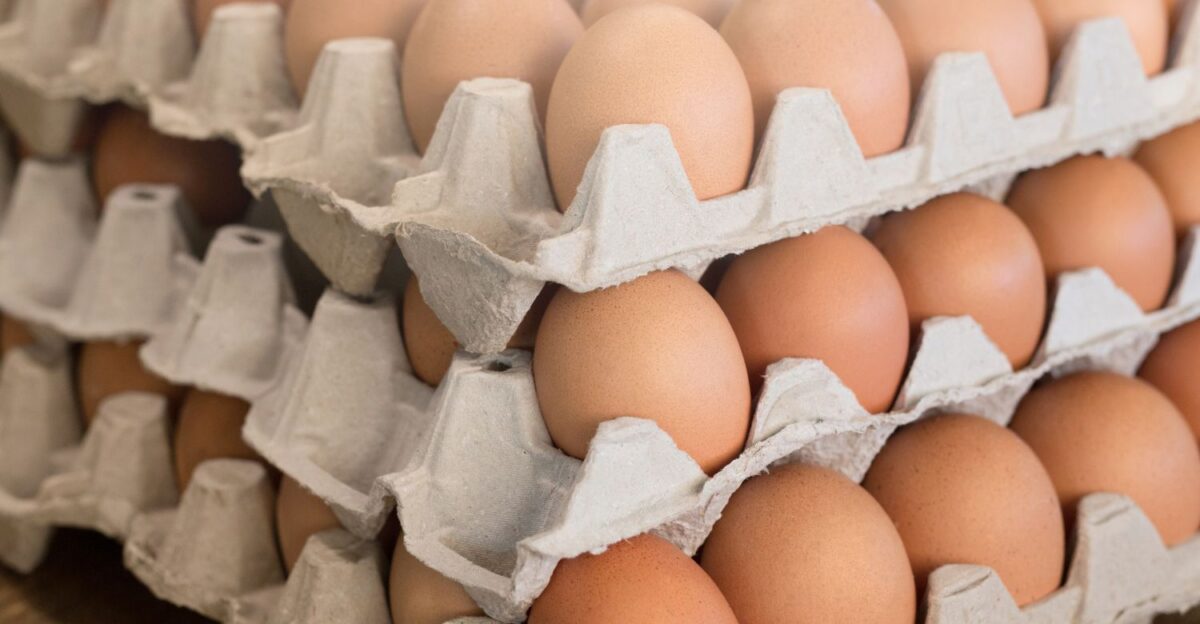
This situation is a stark reminder of how fragile the food supply chain can be. It shows the importance of strong disease prevention, government support, and consumer adaptability.
As the industry recovers from the outbreaks, stakeholders are working to strengthen resilience against future shocks, whether they’re from disease, climate change, or market fluctuations.
Discover more trending stories and Follow us to keep inspiration flowing to your feed!

Craving more home and lifestyle inspiration? Hit Follow to keep the creativity flowing, and let us know your thoughts in the comments below!
